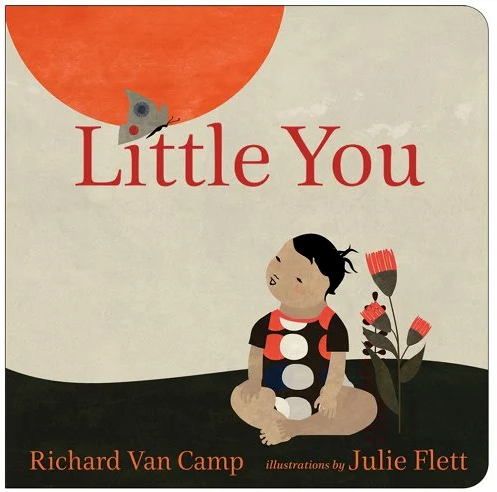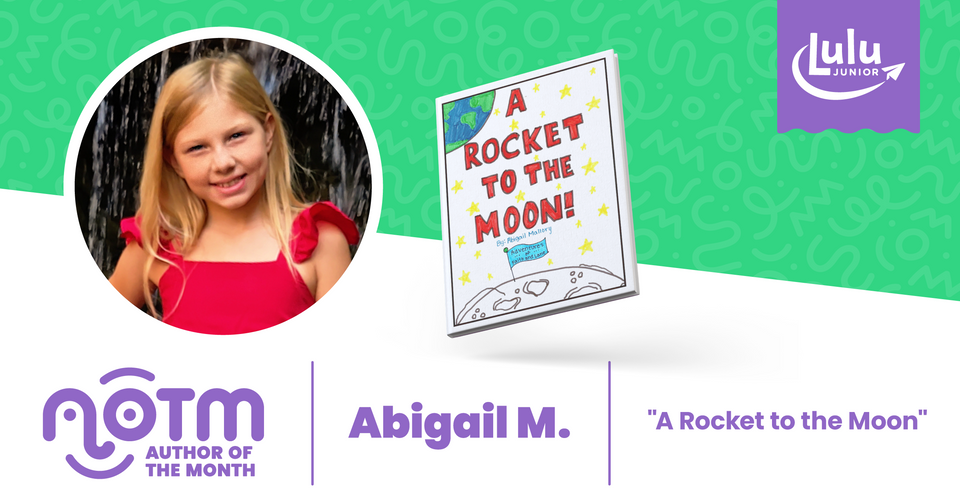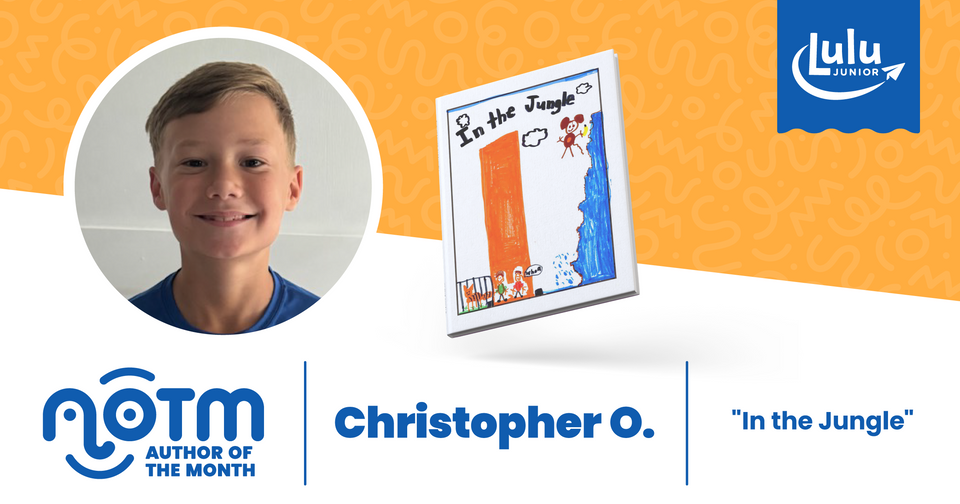
Native American Heritage Month Teaching Guide
November kicks off Native American Heritage Month which is also commonly known as American Indian and Alaska Native Heritage Month. For Native Americans, this is a time to celebrate their heritage and achievements. For non-Natives, this month presents a wonderful opportunity to honor Native people, their culture, and learn and understand the true history of Native Americans. In this teaching guide, we discuss the history of Native American Heritage Month and share some activities to help you navigate celebrating this month with your kids.
More Teaching Guides:
- Hispanic/Latinx Heritage Month Teaching Guide
- AAPI Awareness Teaching Guide
- Teaching Black History Month: Resources and Readings
A quick note on terminology:
Before we explore Native American Heritage Month, it’s important to address the correct terminology. Native American, American Indian, and Indigenous Peoples are all terms used to describe the population, but some Native Americans prefer to be called by their tribal affiliation (like Lakota people, Sioux, etc.). Some Native Americans prefer one term over the other but if you’re not sure, just ask!
The History Native American Heritage Month
Dedicating time to celebrating Native Americans started over a century ago. Native American Heritage Month has evolved from its beginnings from a day to a week to eventually a month to celebrate and commemorate Native American Heritage.
One of the very first advocates for an “American Indian Day” was Dr. Arthur C. Parker, whose father was a Seneca Indian. He urged the Boy Scouts of America to dedicate a day for the “First Americans” and for three years, they adopted such a day.
The Congress of the American Indian Association’s president Sherman Coolidge in 1915 called upon the country to observe an American Indian Day. He issued the proclamation on September 28, 1915 and declared that the second Saturday of each May to observe American Indian Day. This was significant as it was the first formal appeal for recognition of Native Americans as citizens.
Celebrations have since evolved. In 1986, President Ronald Reagan declared the week of November 23-30 to be “American Indian Week.” In 1990, President George. H.W. Bush designated November as National American Indian Heritage Month which was followed by similar proclamations that included various other titles including Native American Heritage Month or National American Indian and Alaska Native Heritage Month.
Certain days in the calendar continue to be dedicated to celebrating Native American Heritage; in 2009 for instance, Congress passed legislation establishing the Friday following Thanksgiving Day of the year as Native American Heritage Day.
Learning Activities, Curriculum, & Ways To Celebrate With Your Kids
Okay, now that we’ve covered the history of how Native American Heritage Month came to be, let’s look at activities to help your kids better understand and engage with Native American Heritage Month.
1) Cook Up Some Native American Foods With Your Kids
Celebrate Native American Heritage Month with your kids by cooking up some traditional Native American recipes like sweet potato soup or a pemmican feast! Native American food symbolizes their deep connection to the Earth. Indigenous peoples learned long ago to eat what they could hunt and harvest from the land. There are plenty of recipes online but these recipes from Little Things are a great place to start.
2) Try Native American Crafts and Projects
An Important Note: Be respectful and mindful with Native American crafts. Debbie Reese, an educator said: “Avoid presenting sacred activities in trivial ways. In early childhood classrooms, for example, a popular activity involves children in making headbands with feathers, even though feathers are highly religious articles for some tribes.”
Some fun crafts to do with your kids and students could include:
- Designing a Navajo Rug
- Making a Kachina Doll
3) Discuss The Truth With Your Kids
Telling the truth about history includes teaching your kids the real story of Thanksgiving. Thanksgiving often presents a narrative that Native Americans and the Pilgrims were all friends and shared the land and everything was awesome. Teach your kids the true realities of Thanksgiving and how it came to be by using this resource. There are also plenty of other resources out there including these videos and books that can help:
- Read the Squanto’s Journey: The Story of the First Thanksgiving
- Watch The Real Story of Thanksgiving
4) Explore Your Region
No matter which state or region you live in the United States, there will always be Native American people that have lived on that land before you. In fact, there are almost 600 federally-recognized tribes in the United States.
Explore your region with this interactive map from Native Land. Just type in your address, and the map will zoom in to identify which tribes first lived on that land. Besides, learning about local history is a lot of fun!
5) Listen To Native American Stories
Storytelling is an integral part of Native American culture which has often been distorted and molded into Disney-like stories. But listening to traditional Native storytelling can help your kids understand the different Native tribes and cultures. Check out this resource on Native American storytelling and also this resource from CodeTal. You can also explore these videos on Native American storytelling from PBS.
6) Read Books By Native American Authors
Read a book from a Native American author. Reading diverse voices is a terrific way to help your children empathize and understand diverse cultures and tribes within the Native American community.
When We Were Alone
Shop Now
My Heart Fills with Happiness
Shop Now
Little You
Shop Now
All Around Us
Shop Now
Keep Learning
Native American Heritage Month is the perfect opportunity to celebrate and teach your kids the rich culture and history of Native American people. But it’s important to continue this education and celebration all year long.
Let this year’s Native American Heritage Month inspire deeper conversations with your family or students about Native American culture!





